Photosynthesis Review Worksheet Answer Key
Photosynthesis is a fundamental process that allows plants to convert sunlight into energy. For students who are studying biology or environmental science, understanding the concepts and steps involved in photosynthesis is key. To help reinforce and assess their knowledge, a photosynthesis review worksheet can serve as a valuable learning tool. This blog post provides an answer key for the photosynthesis review worksheet, allowing students to check their understanding and review the material covered.
Table of Images 👆
- Photosynthesis Cellular Respiration Worksheet Answers
- Photosynthesis and Respiration Worksheet Answer Key
- Photosynthesis Diagrams Worksheet Answer Key
- Photosynthesis Worksheet Answer Key
- Photosynthesis and Cellular Respiration Worksheet Answers
- Cellular Respiration Worksheet Answer Key
- Science Skills Worksheets with Answer Key
- Overview of Photosynthesis Review Worksheet Answer Key
More Other Worksheets
Kindergarten Worksheet My RoomSpanish Verb Worksheets
Cooking Vocabulary Worksheet
DNA Code Worksheet
Meiosis Worksheet Answer Key
Art Handouts and Worksheets
7 Elements of Art Worksheets
All Amendment Worksheet
Symmetry Art Worksheets
Daily Meal Planning Worksheet
What is photosynthesis?
Photosynthesis is the process by which green plants, algae, and some bacteria convert light energy, usually from the sun, into chemical energy in the form of glucose. This process involves the absorption of carbon dioxide and water, which are converted into oxygen and glucose using the energy from sunlight, while releasing oxygen as a byproduct.
What are the two main reactants required for photosynthesis?
The two main reactants required for photosynthesis are carbon dioxide and water.
Where does photosynthesis occur in plants?
Photosynthesis occurs in the chloroplasts of plant cells, specifically in the mesophyll cells of the plant's leaves. This process involves capturing sunlight and converting it into chemical energy in the form of glucose, using carbon dioxide and water as reactants.
What is the purpose of chlorophyll in photosynthesis?
Chlorophyll is a pigment found in the chloroplasts of plants and algae that plays a crucial role in photosynthesis by capturing sunlight and converting it into chemical energy. Through a series of complex reactions, chlorophyll absorbs light energy and uses it to drive the synthesis of organic molecules like glucose, which serve as food for the plant and provide energy for growth and reproduction. Thus, the primary purpose of chlorophyll in photosynthesis is to facilitate the process of converting light energy into stored chemical energy that sustains plant life.
List three factors that can affect the rate of photosynthesis.
Three factors that can affect the rate of photosynthesis are the availability of sunlight, the concentration of carbon dioxide in the atmosphere, and the temperature of the environment.
Describe the light-dependent reactions of photosynthesis.
The light-dependent reactions of photosynthesis occur in the thylakoid membranes of chloroplasts. They involve the absorption of light by chlorophyll and other pigments to convert light energy into chemical energy in the form of ATP and NADPH. This process also involves the splitting of water molecules, releasing oxygen as a byproduct. The ATP and NADPH produced during the light-dependent reactions are then used in the Calvin cycle, the second stage of photosynthesis, to convert carbon dioxide into glucose.
Explain the process of carbon fixation in photosynthesis.
Carbon fixation is the process by which carbon dioxide is converted into organic compounds during photosynthesis. It starts with the enzyme RuBisCo attaching carbon dioxide to a 5-carbon sugar molecule, resulting in the formation of two 3-carbon molecules. These 3-carbon molecules are then further converted and rearranged in a series of chemical reactions known as the Calvin cycle, ultimately producing glucose and other organic molecules. This process requires energy in the form of ATP and NADPH, which are generated during the light-dependent reactions of photosynthesis.
What is the role of stomata in photosynthesis?
Stomata are small openings on the surface of leaves that regulate the exchange of gases, including carbon dioxide and oxygen. During photosynthesis, carbon dioxide enters the leaf through the stomata and oxygen is released as a byproduct. This process is essential for the plant to obtain the carbon dioxide needed for photosynthesis and to release the oxygen produced during the process. Additionally, stomata also help regulate the amount of water vapor released from the plant, helping to maintain proper water balance.
Name two byproducts of photosynthesis.
Oxygen and glucose are the two main byproducts of photosynthesis. Oxygen is released into the atmosphere as a waste product, while glucose is stored within the plant cells as a source of energy for growth and maintenance.
How does photosynthesis contribute to the Earth's oxygen cycle?
During photosynthesis, plants use sunlight to convert carbon dioxide and water into glucose and oxygen. This oxygen is released into the atmosphere as a byproduct, replenishing the Earth's oxygen supply. By generating oxygen, photosynthesis enables animals and other organisms to breathe and carry out cellular respiration, contributing to the Earth's oxygen cycle that sustains life on our planet.
Have something to share?
Who is Worksheeto?
At Worksheeto, we are committed to delivering an extensive and varied portfolio of superior quality worksheets, designed to address the educational demands of students, educators, and parents.

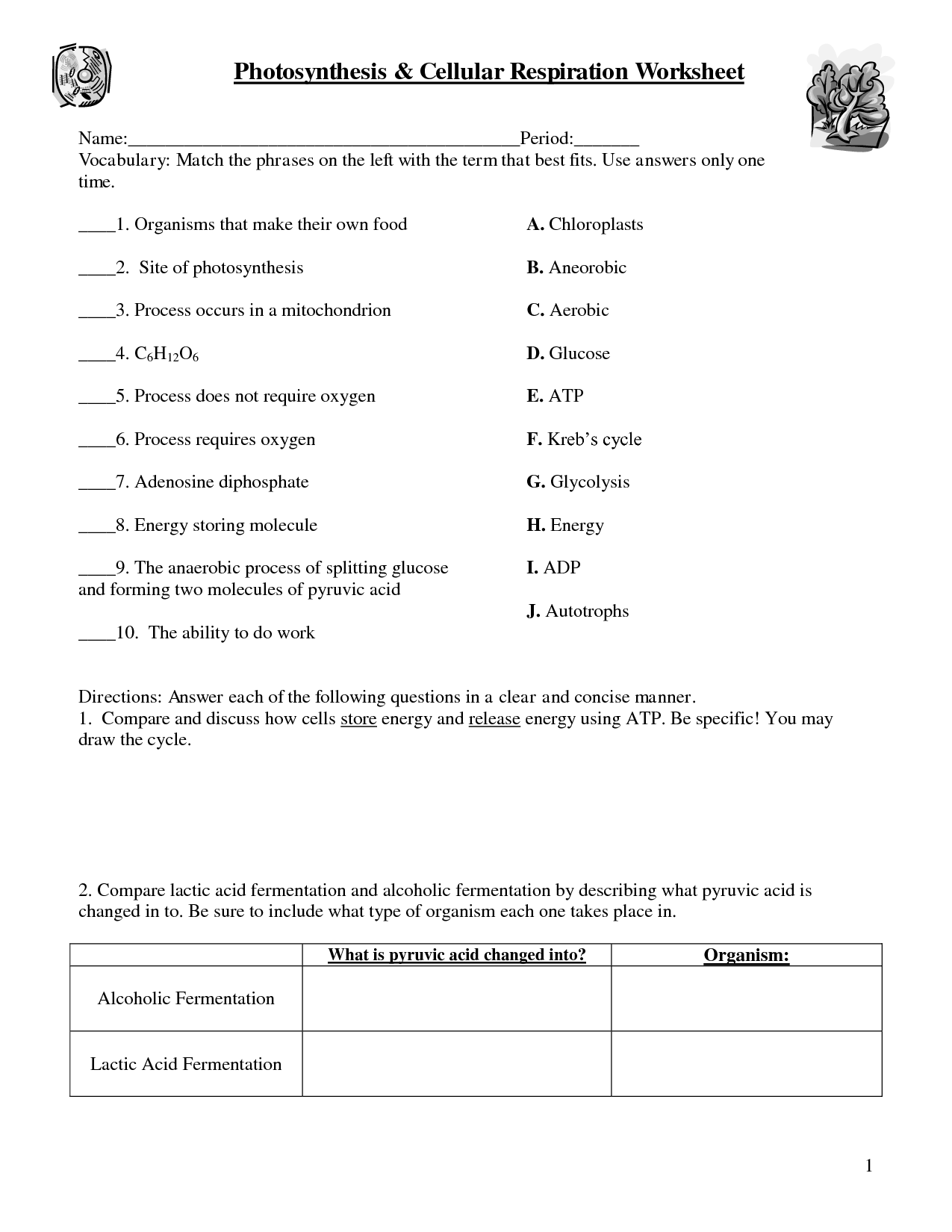



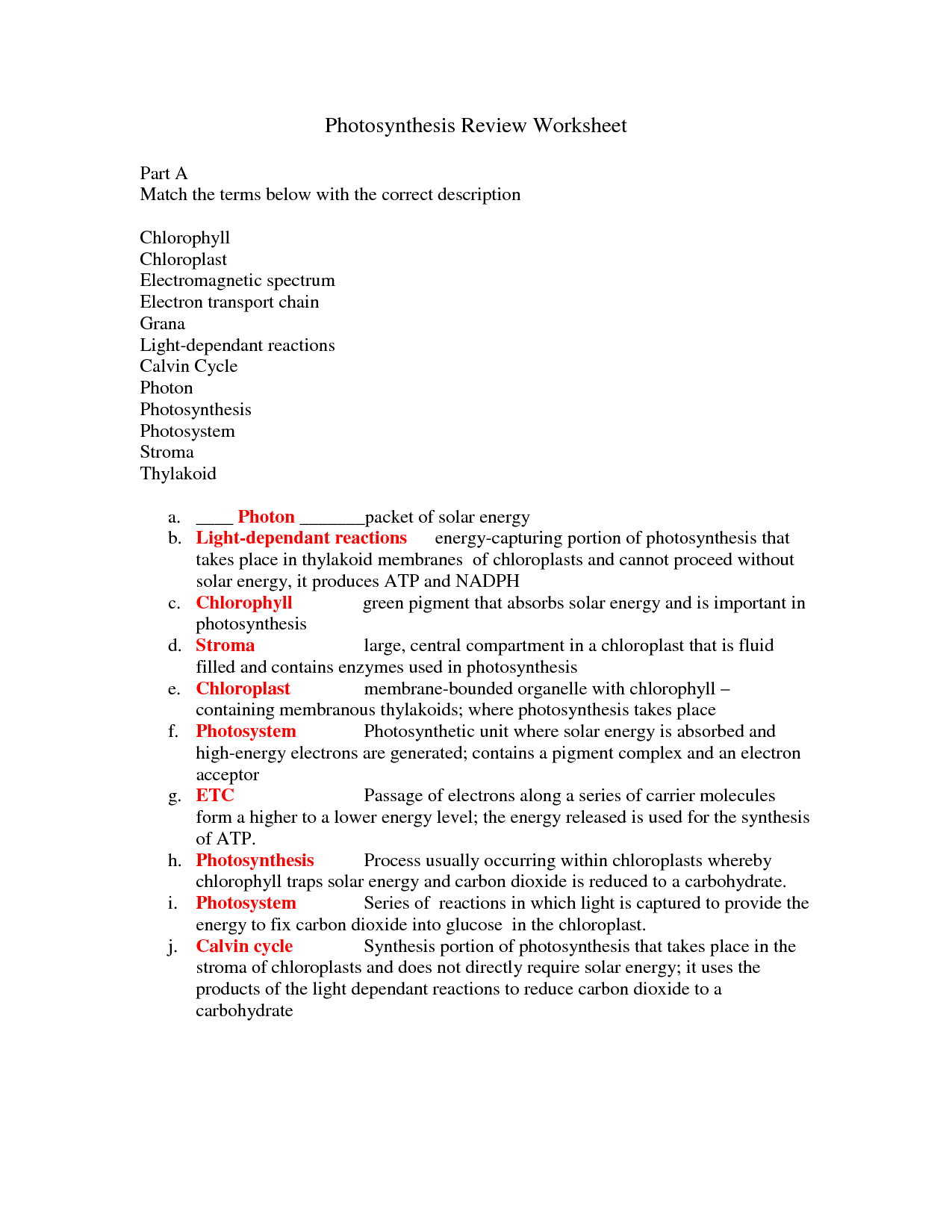
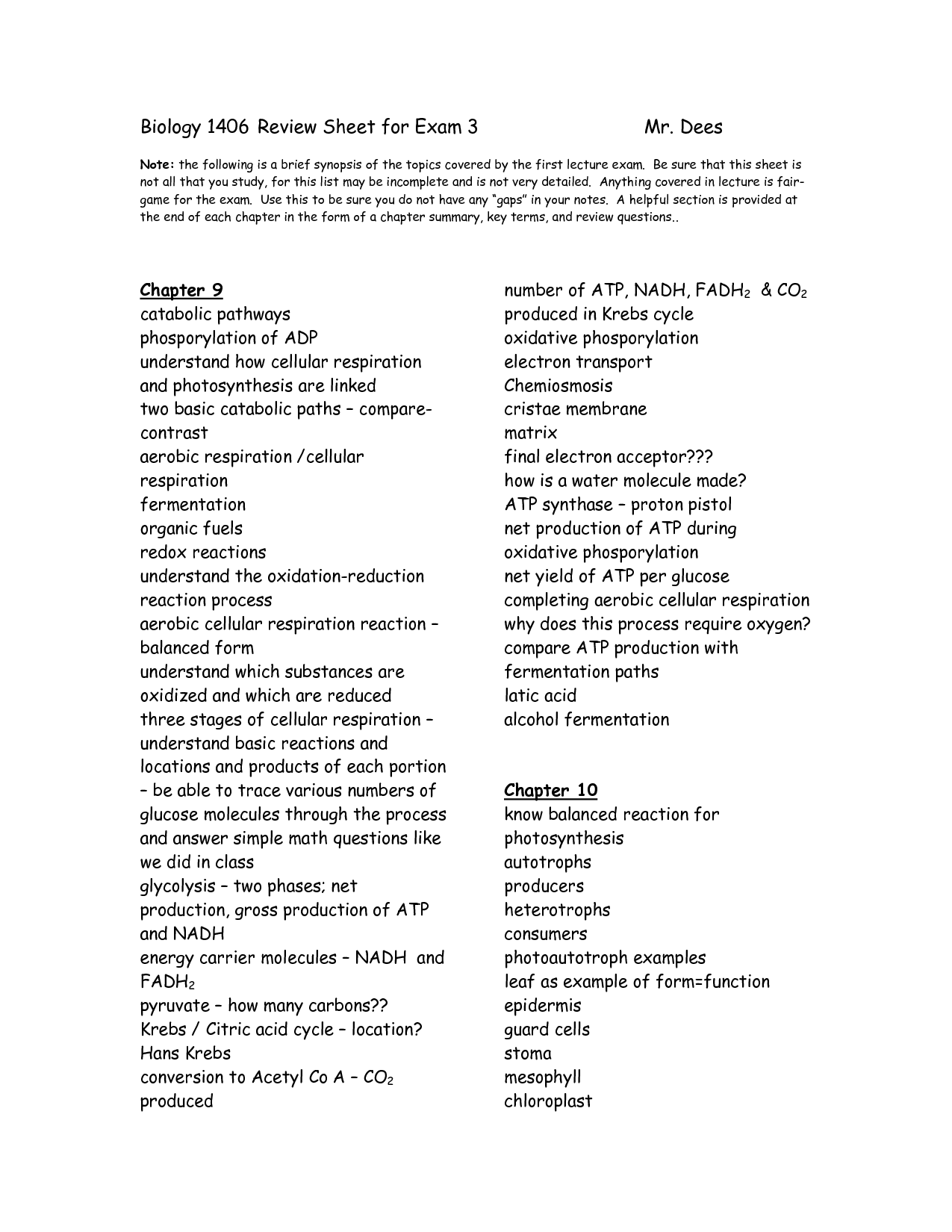
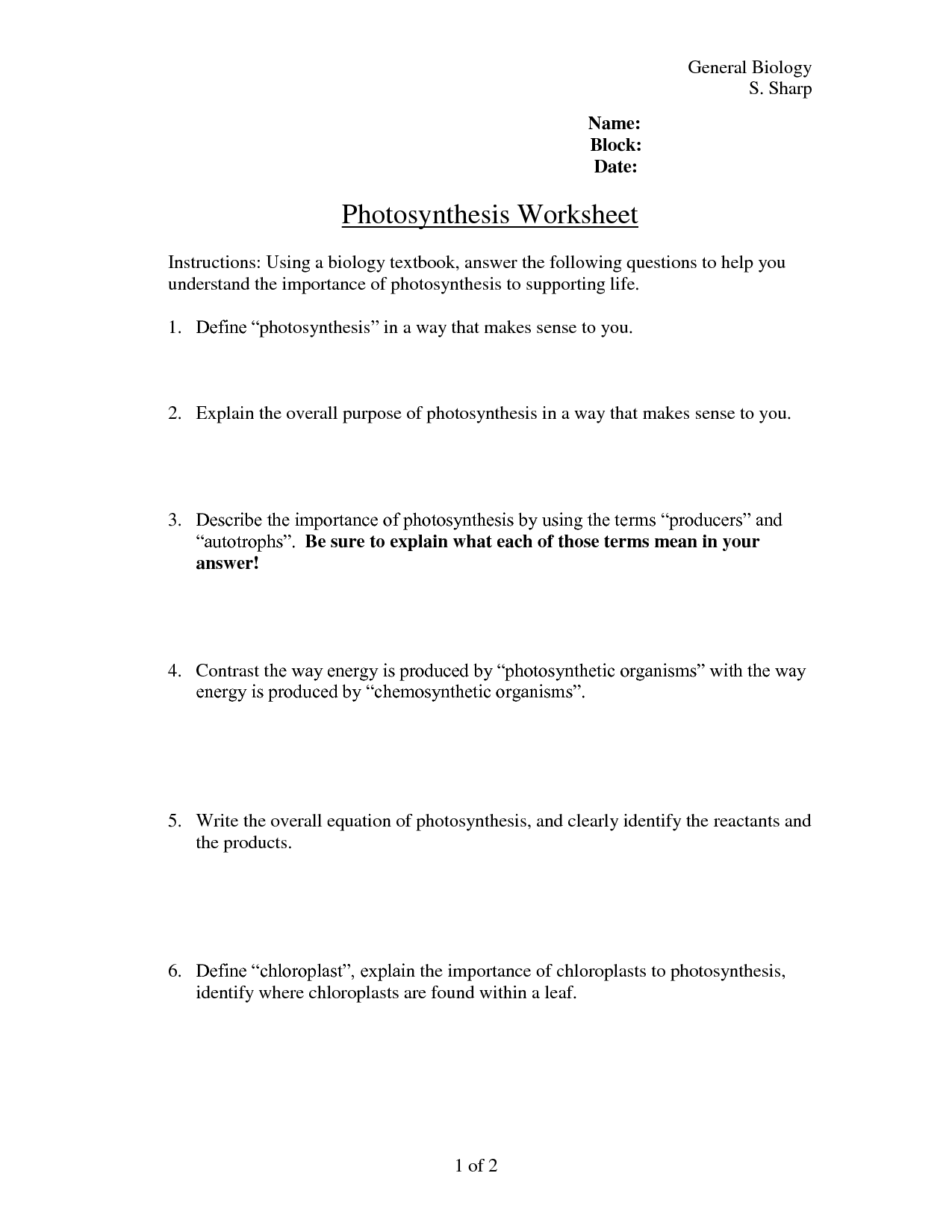
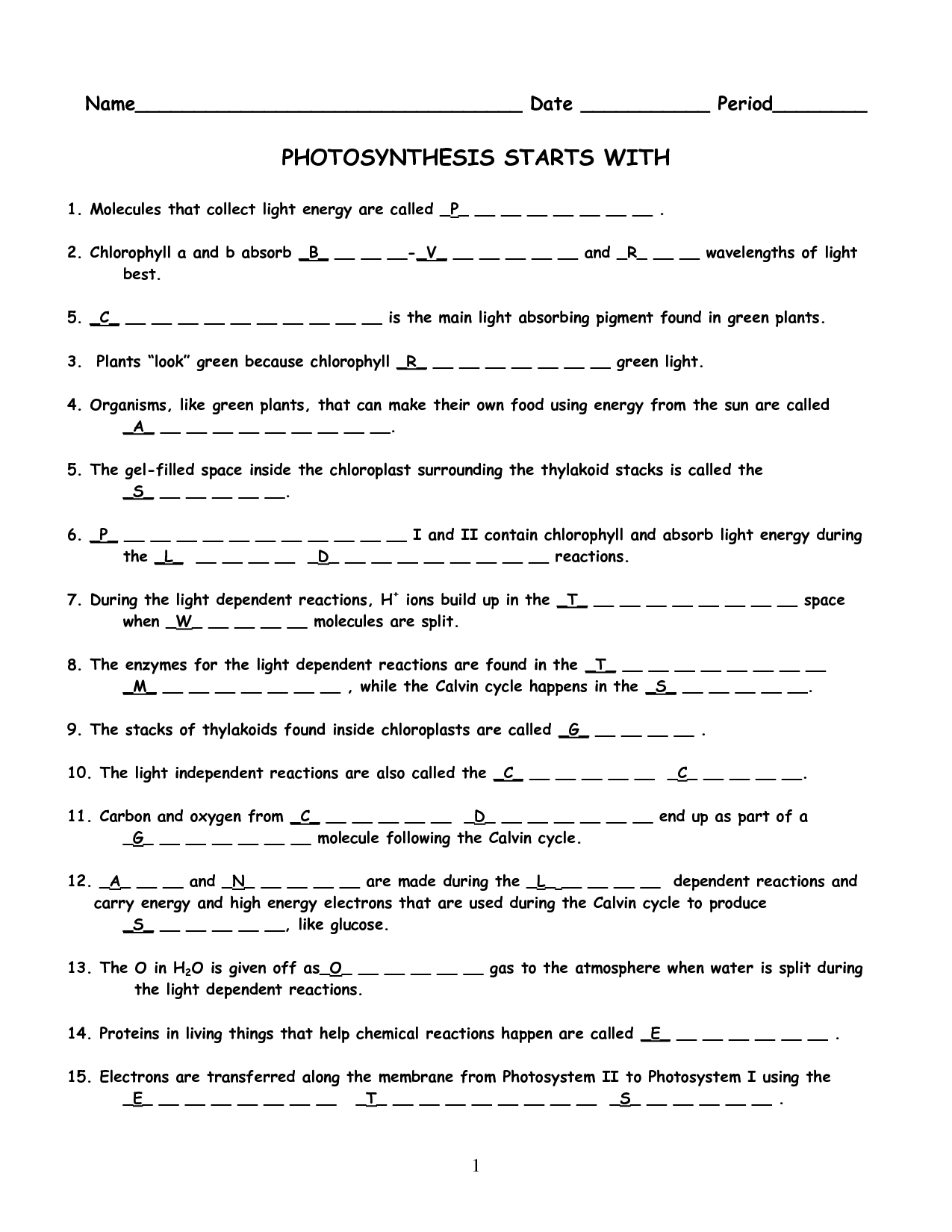
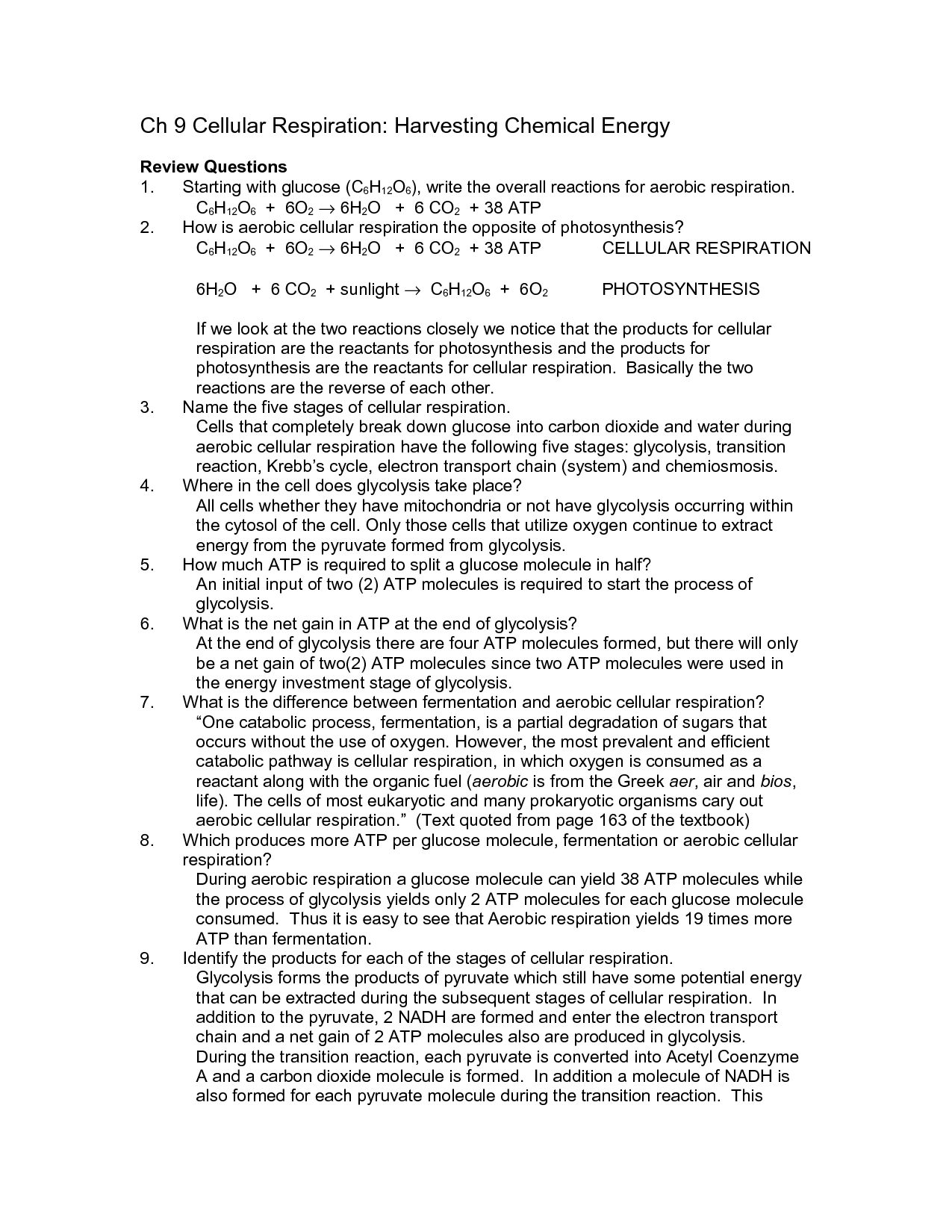
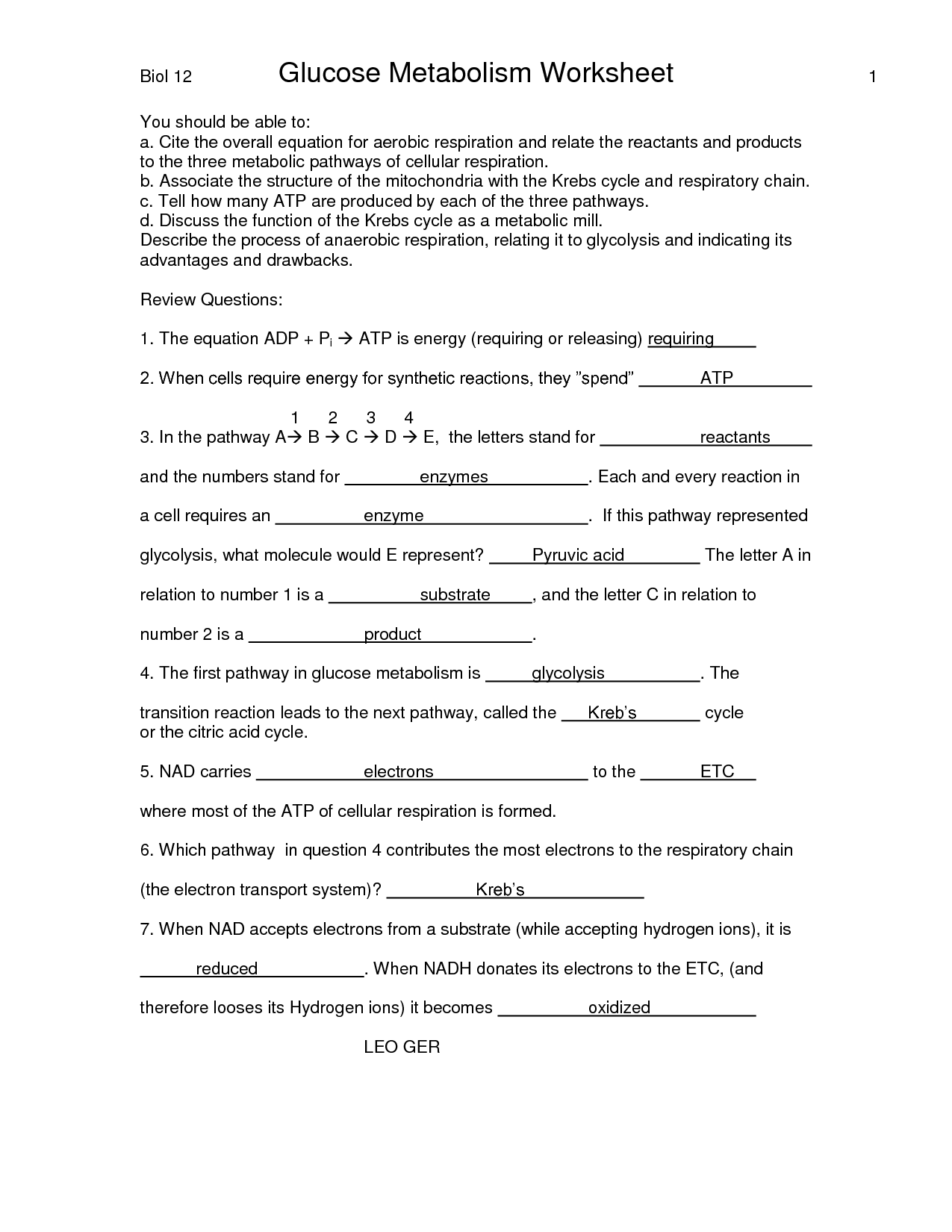
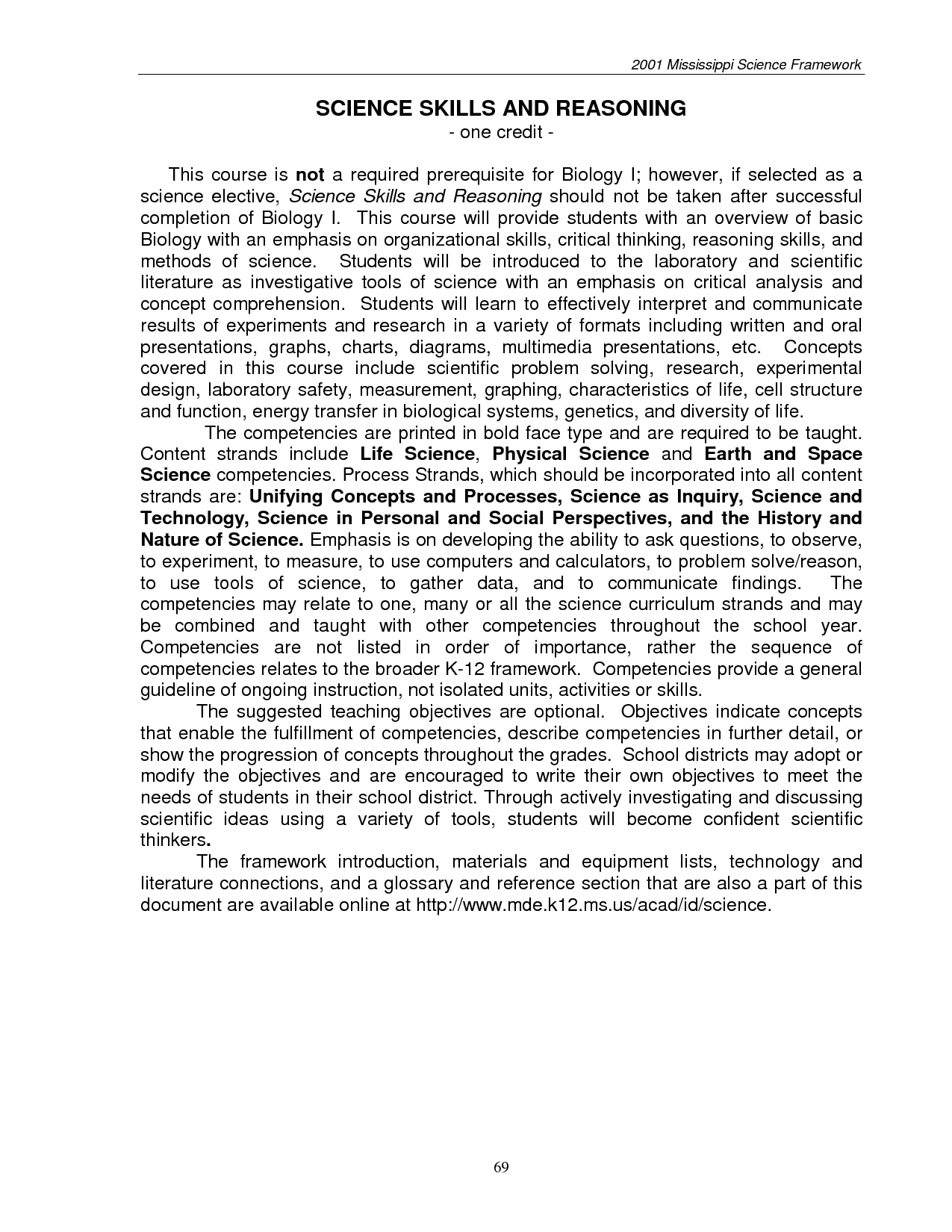

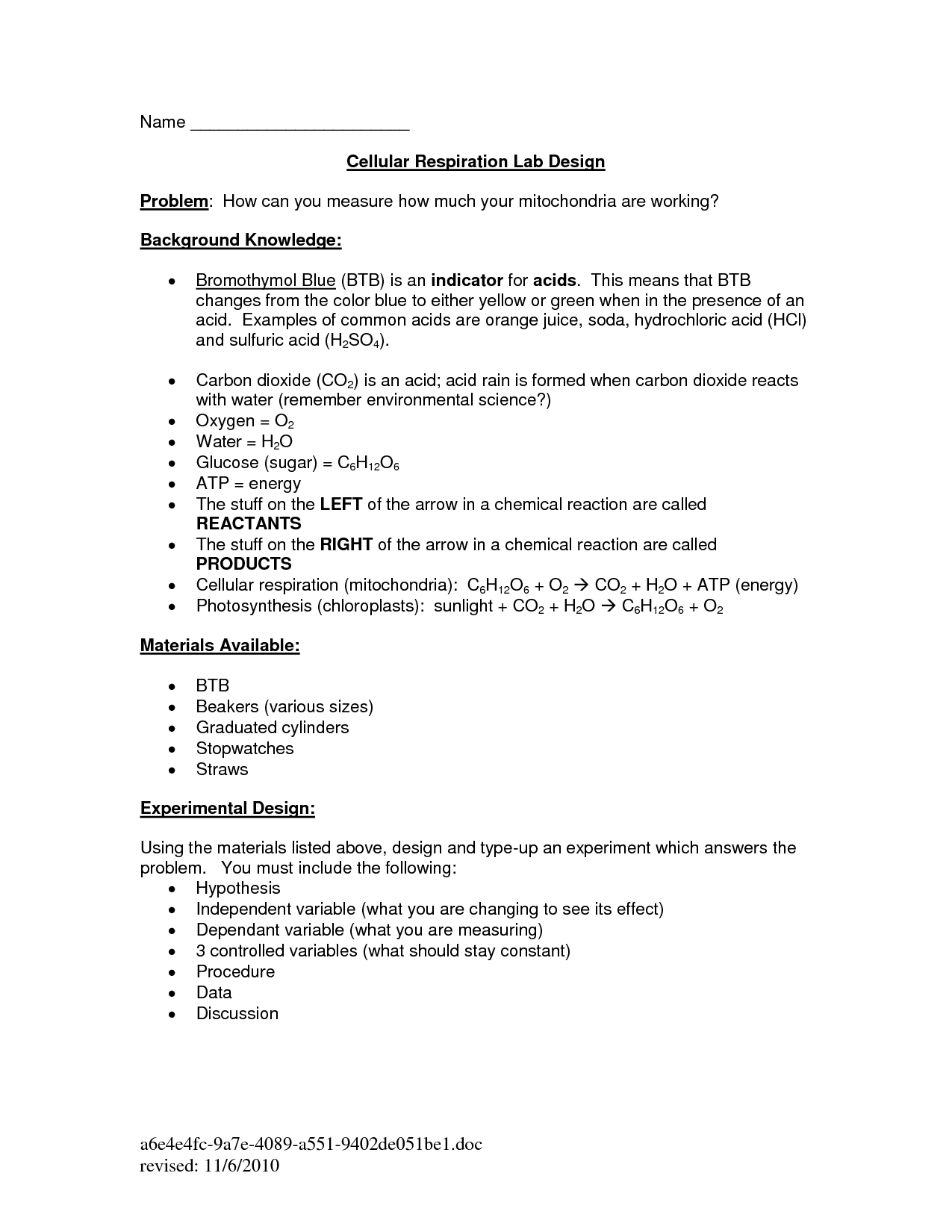
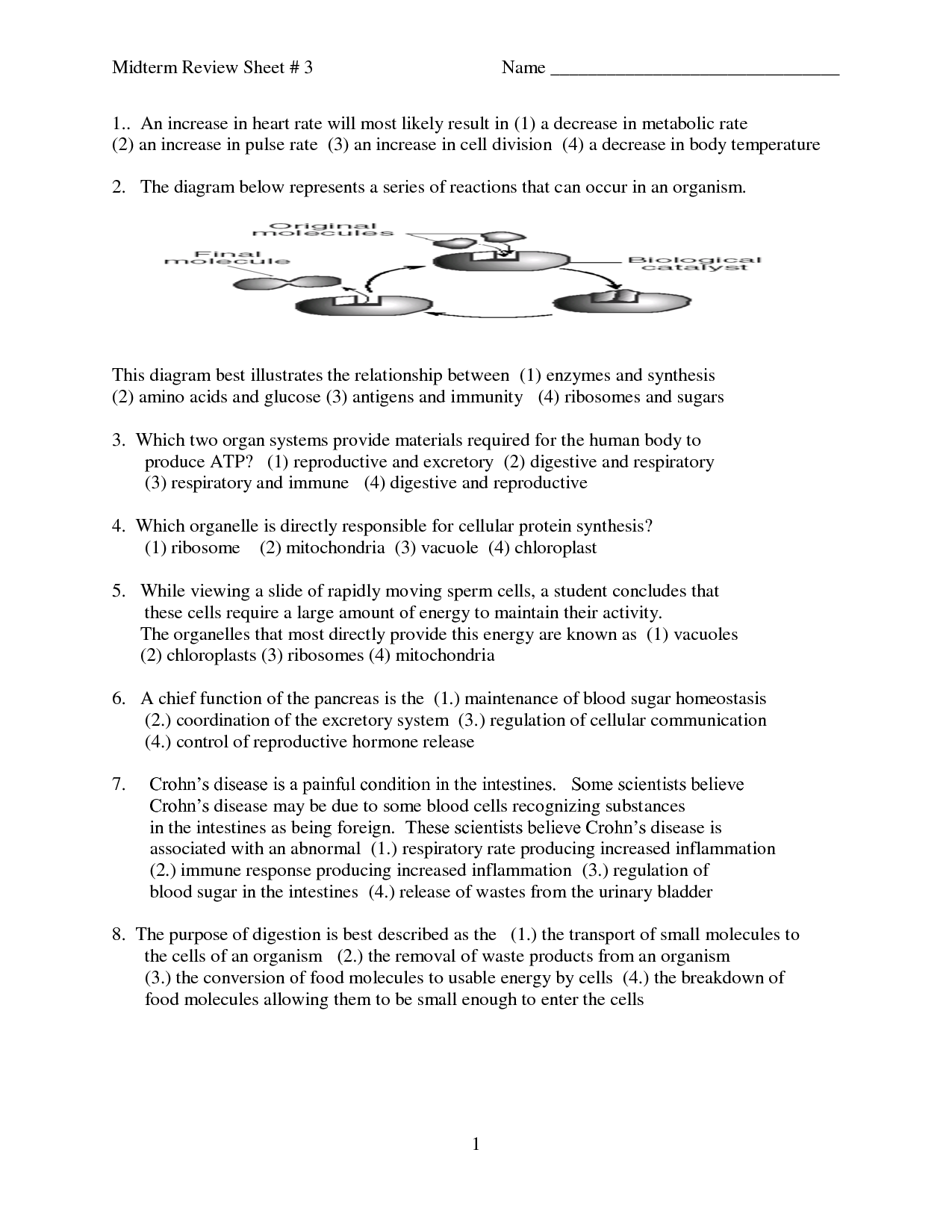

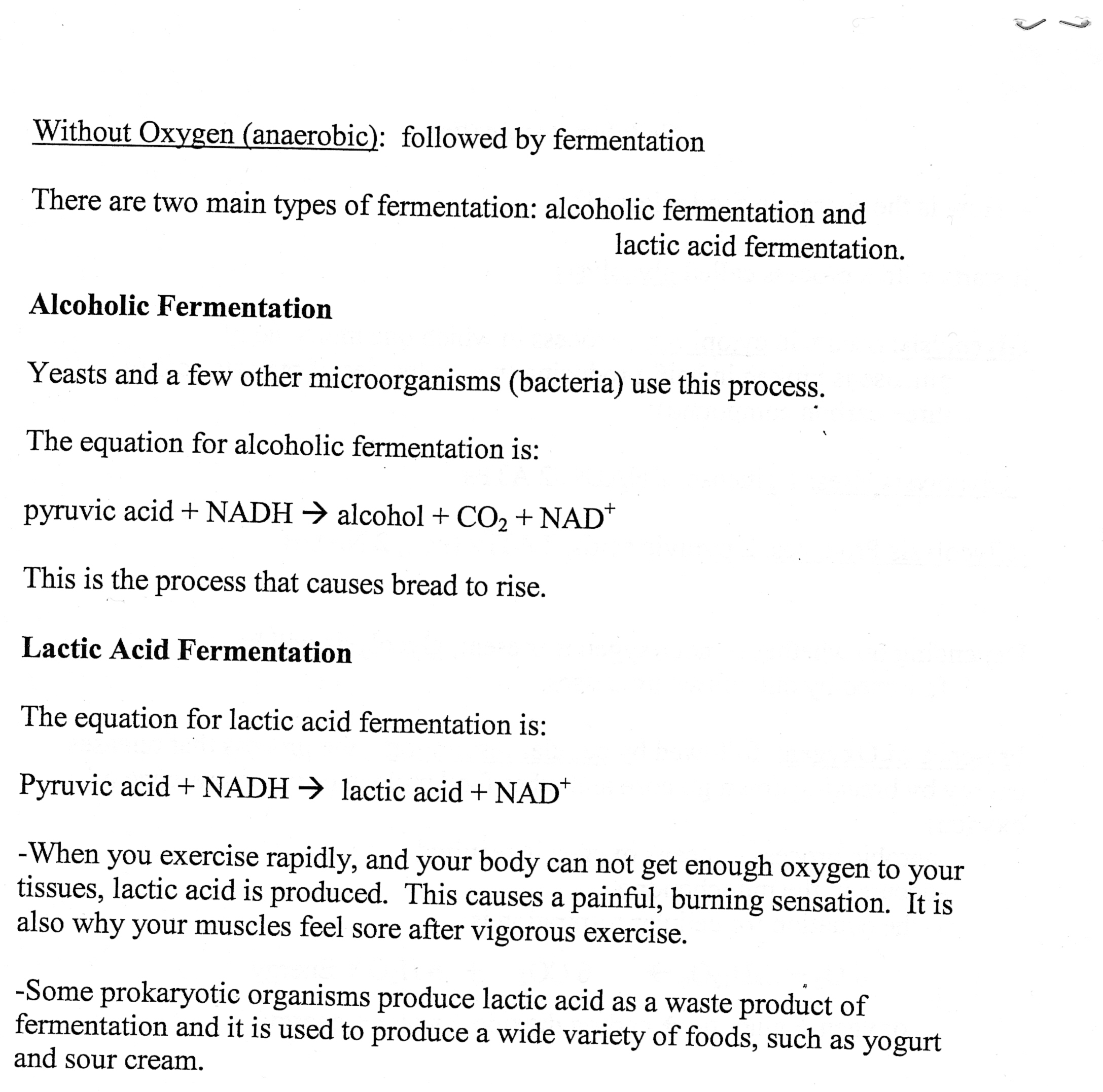
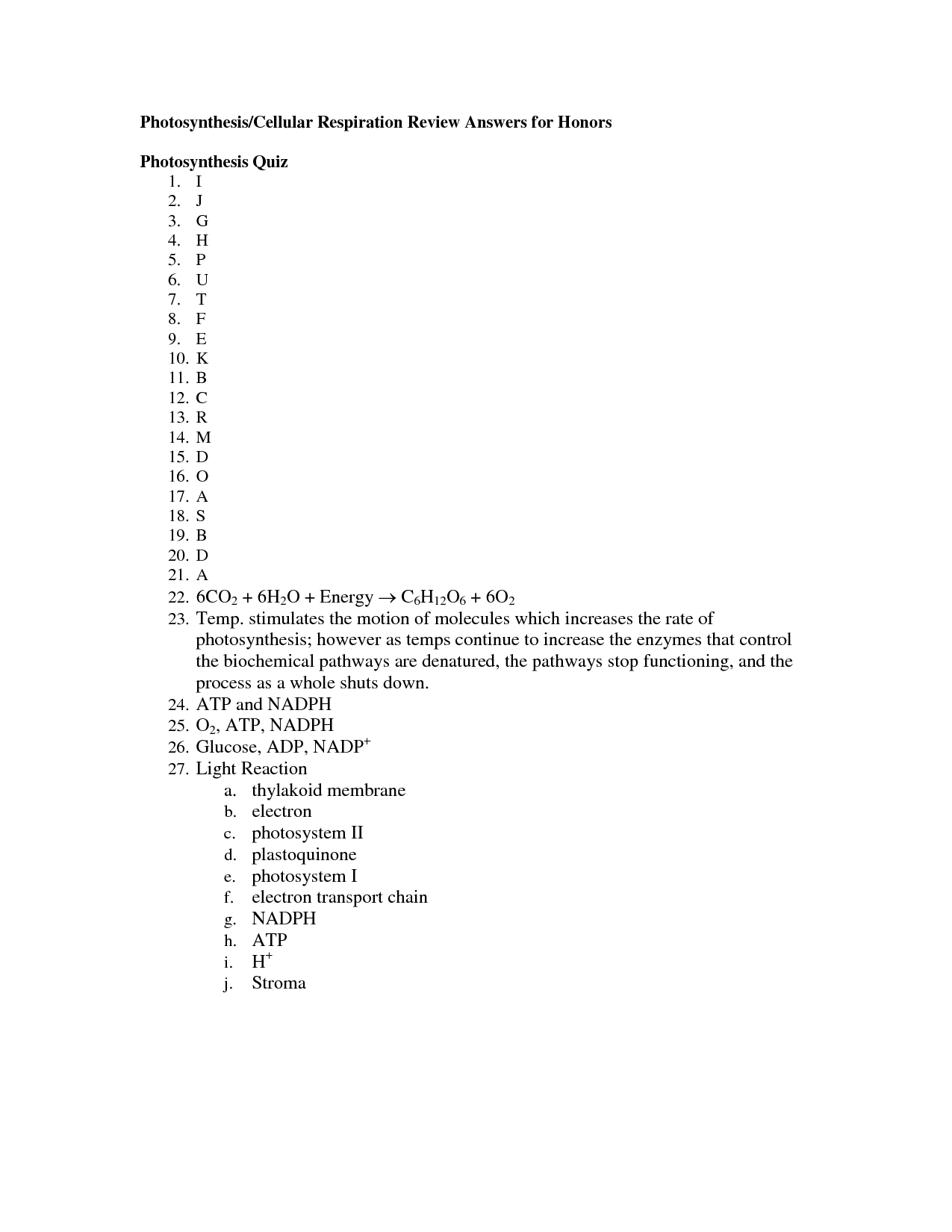
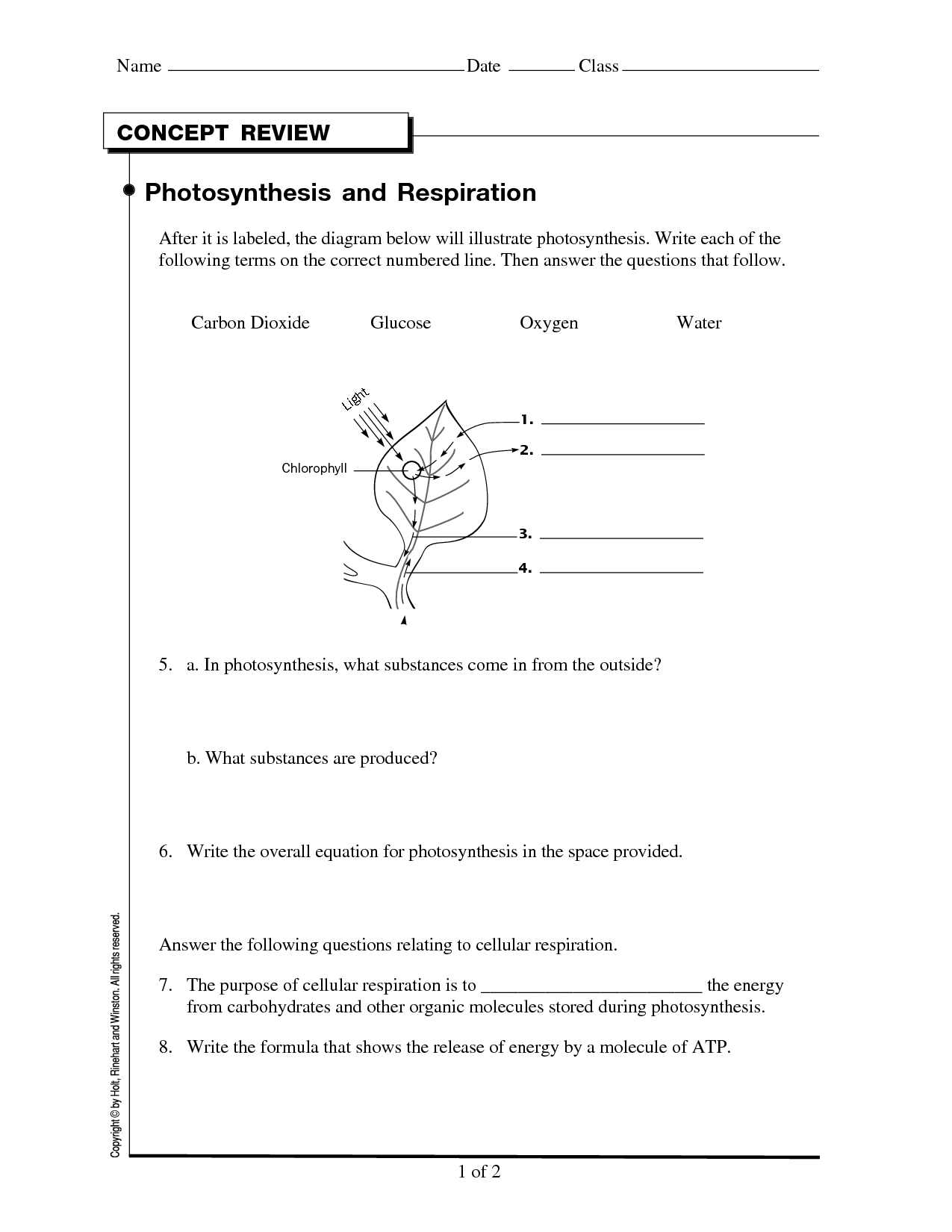

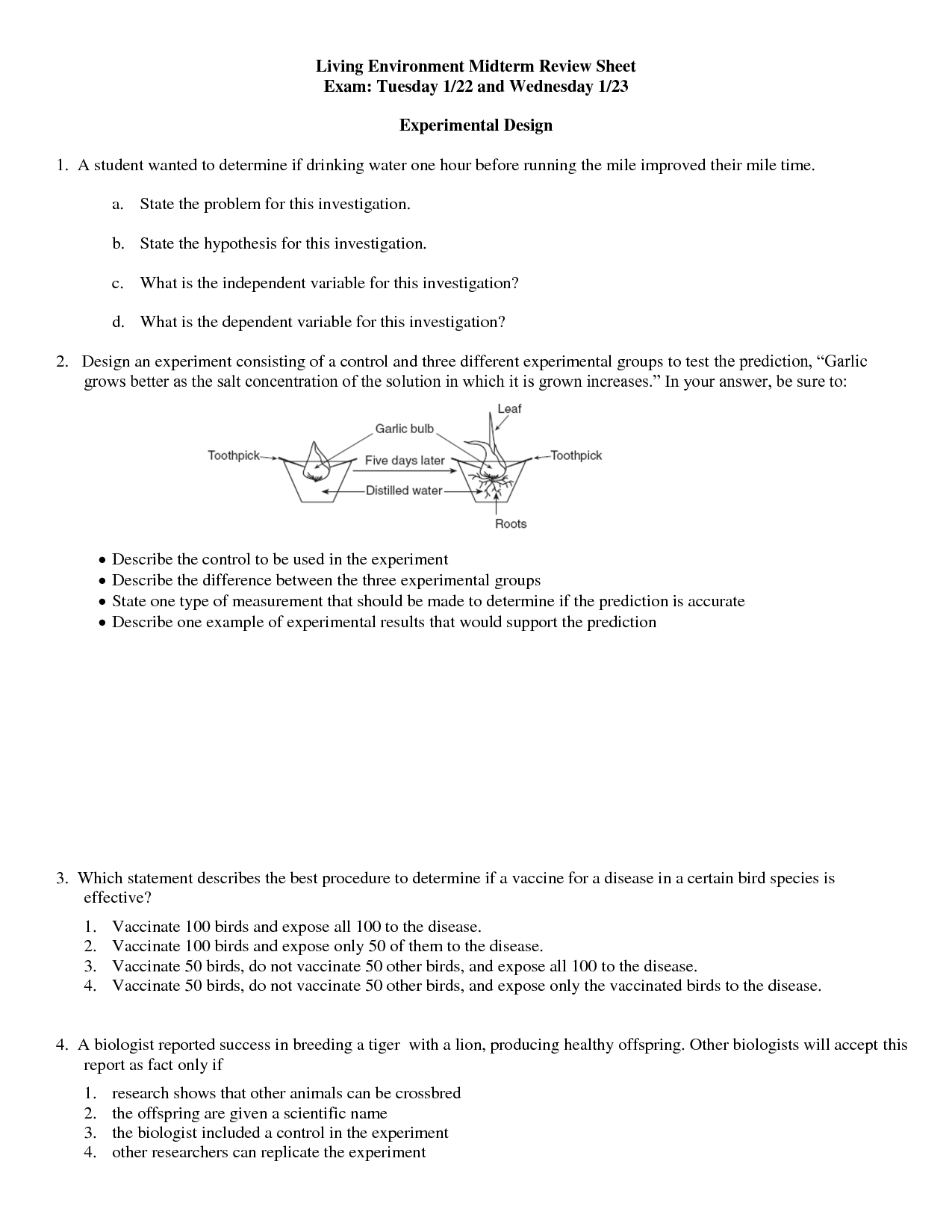














Comments